PROGRAMME NOTES
Liszt: Polonaise No 2 in E major
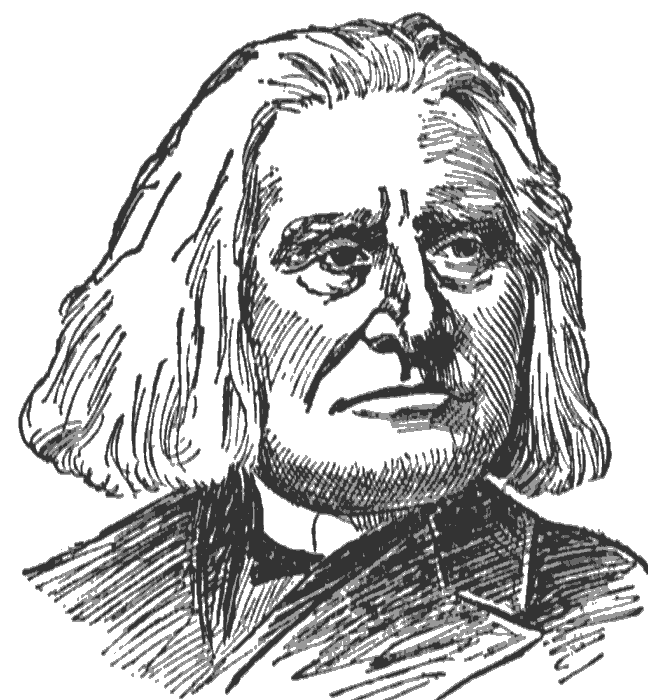 The Polonaise made one of its earliest appearances in piano music in Bach’s sixth French Suite where, elegant and courtly, it typified its dictionary definition as a ‘slow processional dance of Polish origin’. In Beethoven’s hands it sacrificed some of its poise and acquired a virtuoso panache and when Chopin added a strong sense of Polish nationalism and poetic fervour it became a self-sufficient musical form. Liszt, whose uncompleted projects included a ‘History of the World in Music and Pictures’, employed a broader musical canvas and more audacious use of instrumental resources. His extrovert Second Polonaise is in complete contrast to the introverted and brooding first. It is interesting that both works appeared in 1852, the year in which Liszt brought out a biography of Chopin. It is said that around 1843 a rift occurred in the friendship between the two men but after Chopin’s death in 1849, a steady stream of tributes flowed from Liszt’s pen.
The Polonaise made one of its earliest appearances in piano music in Bach’s sixth French Suite where, elegant and courtly, it typified its dictionary definition as a ‘slow processional dance of Polish origin’. In Beethoven’s hands it sacrificed some of its poise and acquired a virtuoso panache and when Chopin added a strong sense of Polish nationalism and poetic fervour it became a self-sufficient musical form. Liszt, whose uncompleted projects included a ‘History of the World in Music and Pictures’, employed a broader musical canvas and more audacious use of instrumental resources. His extrovert Second Polonaise is in complete contrast to the introverted and brooding first. It is interesting that both works appeared in 1852, the year in which Liszt brought out a biography of Chopin. It is said that around 1843 a rift occurred in the friendship between the two men but after Chopin’s death in 1849, a steady stream of tributes flowed from Liszt’s pen.
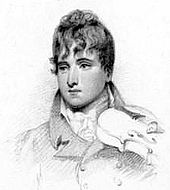
George Frederick Pinto:Sonata in E flat minor, op 3 no 1
- i) Allegro moderato con espressione
- ii) Adagio con giusto
- iii) Allegro con brio
If Pinto had lived and been able to withstand the allurements of society, England would have had the honour of producing a second Mozart”. These were the words of Pinto’s teacher, J.P. Salamon, who was no musical lightweight; Haydn wrote seven symphonies for his London concerts.
Born George Frederick Sanders in Lambeth on 25 September, 1785, this early prodigy on the violin adopted as his professional name that of is maternal grandfather, the distinguished violinist Thomas Pinto, but as he moved into his teenage years the piano supplanted the violin in his affections. Tragically his health began to fail and and jealous rivals spread rumours that he was idle and dissipated but his extraordinary output gives the lie to all charges of idleness, although an increasing lethargy could well have signalled the onset of tuberculosis. On March 23 1806, six months short of his 21 birthday, George Frederick Pinto departed this world.
Composed when he was barely sixteen, the E flat minor Sonata is remarkable for its dramatic power and harmonic originality.
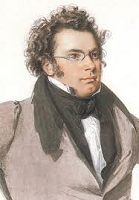
Schubert/Liszt: Liebesbotschaft
Mendelssohn/Liszt: Wedding March and Dance of the Elves from Shakespeare's Midsummer Night's Dream
Liebesbotschaft was published posthumously among the 1828 Schwannengesang collection but in some ways it recalls Schubert’s 1823 Schone Mullerin cycle by depicting a pastoral tale of romantic longing against the accompaniment of a rippling brook.
Mendelssohn composed his much-acclaimed Midsummer Night’s Dream Overture in 1826 at the age of seventeen, inspired by his first reading of Shakespeare’s play. Sixteen years later, in response to a commission from King Frederick William IV of Prussia, he composed the incidental music for a forthcoming theatrical performance, effortlessly recapturing the evocative mood of his youthful triumph.
Liszt’s transcription appeared in 1850.
INTERVAL
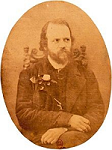
Alkan: Three Pieces
- Bourree d'Auverne op 29
- Andante Romantique op 13
- Marche Triomphale op 27
This group of solos shows the diverse nature of Alkan’s musical imagination.Bourree d’Auverneshows Alkan the time-traveller revelling in le style ancien. Bourree I begins on the last crotchet of the bar and Bourree II has a drone bass. Thereafter comparisons with the classical Bourree become increasingly unsettling. Bourree I inhabits the Dorian mode, the drone bass of Bourree II lurches up and down alarmingly on its reappearance, the coda anticipates Bartok and the entire piece recalls the Ronald Smith's description of Alkan as a ‘subversive conservationist’. Andante Romantique No 2 is by contrast one of Alkan’s most sunlit pieces. From apparently random chords ranging up and down the piano keyboard, idyllic tunes emerge. Alkan clearly had a fascination with marches and Marche Triomphale is surely the most rousing of his many essays in that style. Ronald Smith described it as a work of ‘pulverizing virtuosity’.
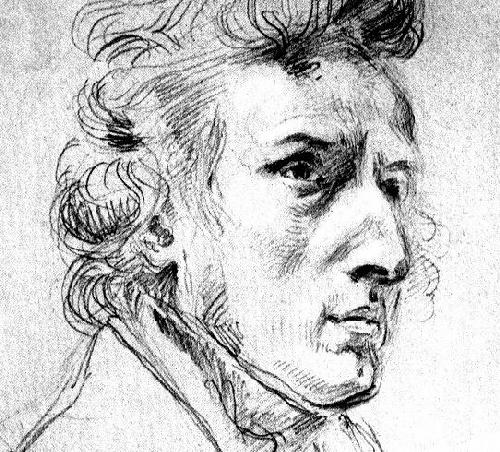
Chopin: Two Waltzes
- Valse in C sharp minor op 64 no 2
- Grande Valse in A flat major op 42
The advent of Chopin with his fantastic originality, subtle romance and unfailing sense of euphony was a signal event in the history of piano music. His fondness for such dance forms as the Valse, the Polonaise and the Mazurka recalls Bach’s tireless reworkings of the Allemande, Bourree, Gigue etc and shows how these prescriptive formulae which would become repetitive in the hands of lesser composers can provide an inexhaustible fund of ideas to great minds.

Rachmaninoff: Three Pieces
- Prelude in C sharp minor op 2 no 3
- Prelude in E flat major op 23 no 6
- Prelude in B flat major op 23 no 2
One of the most formidable pianists of the previous century, Rachmaninoff’s Preludes op 23 appeared between 1899 and 1903.Chopinesque and Lisztian their respective lyricism and bravura may seem but quintessentially Rachmaninovian are the searing poignancy and those long, long phrases which conjure to the inner eye the infinitude of the Russian landscape.
Rachmaninoff’s most famous Prelude, op2 no3 in C sharp minor, had already appeared in1893 when the composer was nineteen. It was published under various titles, The Burning of Moscow, The Bells of Moscow, the MoscowWaltz andThe Day of Judgement. It is said Rachmaninoff grew to loathe it, not least because he had sold the score for a pittance and derived no royalties from the rocketing sales. But no matter. Audiences would flock to his concerts to hear ‘The Prelude' and wouldn’t leave until he’d played it.